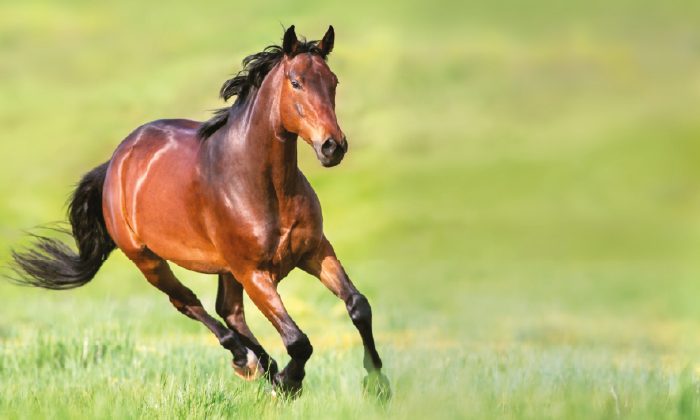
We certainly all have in mind the image of a Lupo and without a doubt we could clearly understand from the position of the ears and the tail, from the hair (more or less raised), from the exposure of the teeth and from the look (more or less offensive), what his intentions are.

For the dog, or rather for some dogs of certain races, communicating is not easy, however: human selection has modified some aspects of their morphology, limiting their communication possibilities. Ears and tails, fortunately no longer amputated, have been modified in shape and made less communicative: it is impossible for a Labrador to lift his ears and rotate them forward or for a Pug to move his tail as a sign of greeting… In some animals then, The hair, very thick, covers the eyes and prevents you from seeing the dog's gaze, not to mention, finally, the government, unable, in some breeds such as the Bull-dog for example, to express any facial mimicry.
Despite these handicaps, the dog still manages to make himself understood well by his own kind and by the human being if he knows the essential characteristics of the behavior.
An aggressive and confident dog it will show well placed on the limbs, with erect ears and tail (provided it has them…), with a determined look and a curl of the skin of the nose which often accompanies the emission of a dull growl.

An insecure dog but no less dangerous because often fear is the spring that drives aggression, will try to seem il as small and harmless as possibleflexing the limbs, lowering the ears and tucking the tail between the legs. When cornered, a frightened dog may even attack us, if it sees no other way of salvation and the aggression will be very serious due to the strong agitation of which the animal is prey. But before getting to aggression the dog will emit a whole series of signs to warn us of his growing discomfort. Too often, unfortunately, man is not aware of what is happening and is unable to grasp these clearly signs of stress and fear. We therefore do not notice that the dog licks his nose insistently, that he looks away and turns his head or that he is even so strongly frightened that he only moves his eyes to check what is happening, making that white portion of the eyeball flash. usually covered by the eyelids.
All of these signs and more indicate a state of insecurity of the animal in front of which the person should react calmly, avoiding a too direct and invasive approach.

Other times the dog manifests the joy of relationship: parties upon the owner's return are the classic case in which the dog communicates the pleasure of finding an important member of its social nucleus. Under these circumstances it definitely is the tail is the most used means of expression, moved widely on an almost horizontal plane and accompanied, in its movements, by the emission of barks and yelps.
Also voice communication it is used a lot by the dog. Some breeds (see the poodle) are tireless barkers and with this sound they manifest a multiple range of emotions: joy, frustration, anxiety, aggression can be conveyed with a bark that will have different tones depending on the case. Other sounds emitted by the dog are the aforementioned yelp which can often be a request for attention, the howl and the growl, frequently used not only as an aggressive signal but also in play.
Finally, a few words about sight of the dog: This animal's visual abilities are better than ours in low-light vision but more limited in color vision.
Indeed the dog it perceives neither red nor green which he sees respectively as a gradation of yellow and as a grayish white. On the other hand, the perception of blue-violet is excellent. We should take these particularities into account when choosing toys and training equipment.
Angelo Gazzano
Department of Veterinary Sciences
University of Pisa
Approved by CTS Union BIO


















